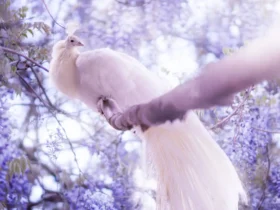In the lush rainforests of Papua New Guinea and Indonesia, a truly majestic bird graces the canopy with its presence—the Blue-Crowned Pigeon (Goura cristata). Known as one of the most beautiful bird species in the world, it captivates bird enthusiasts and nature lovers alike with its striking appearance and regal demeanor. Join us on a journey to explore the captivating world of the Blue-Crowned Pigeon and discover why it holds a special place in the avian kingdom.
Blue-Crowned Pigeon images
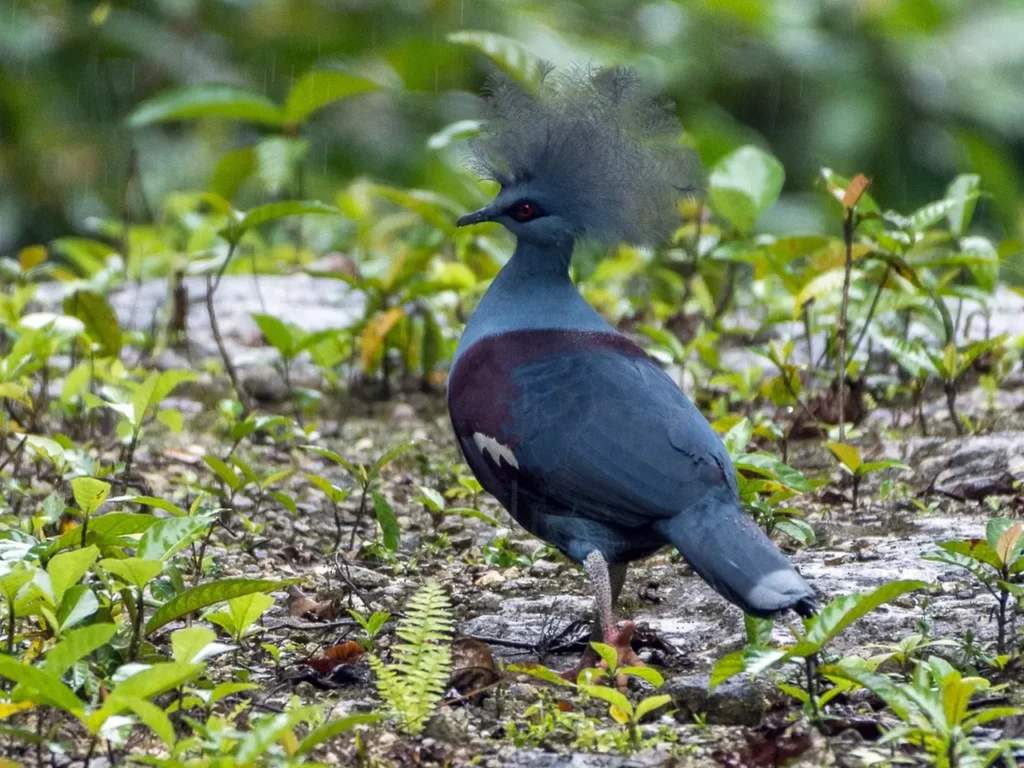
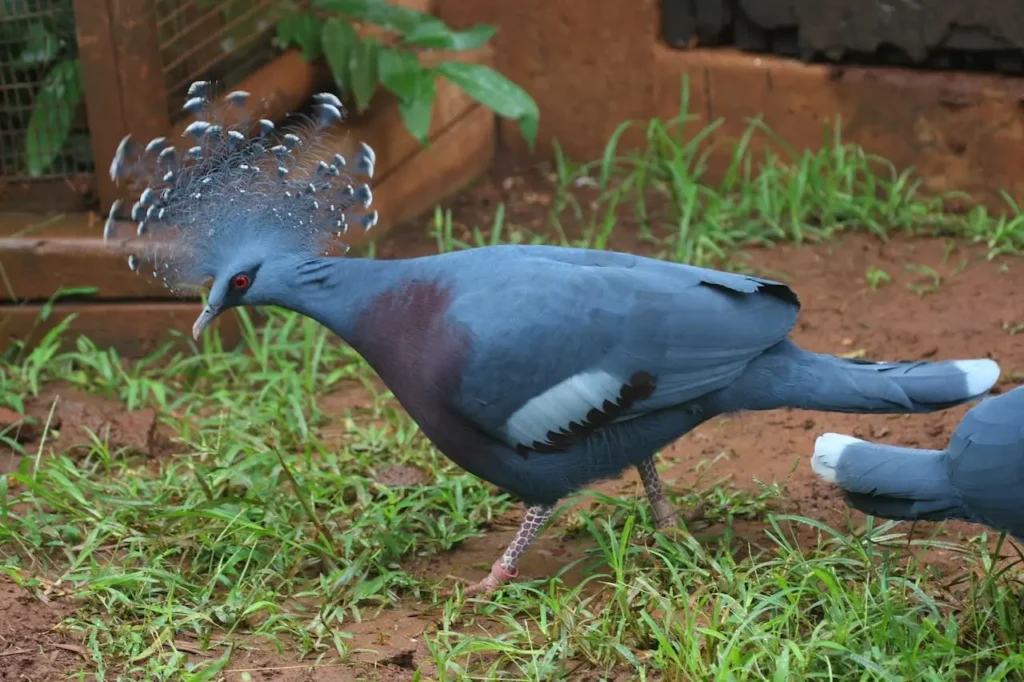
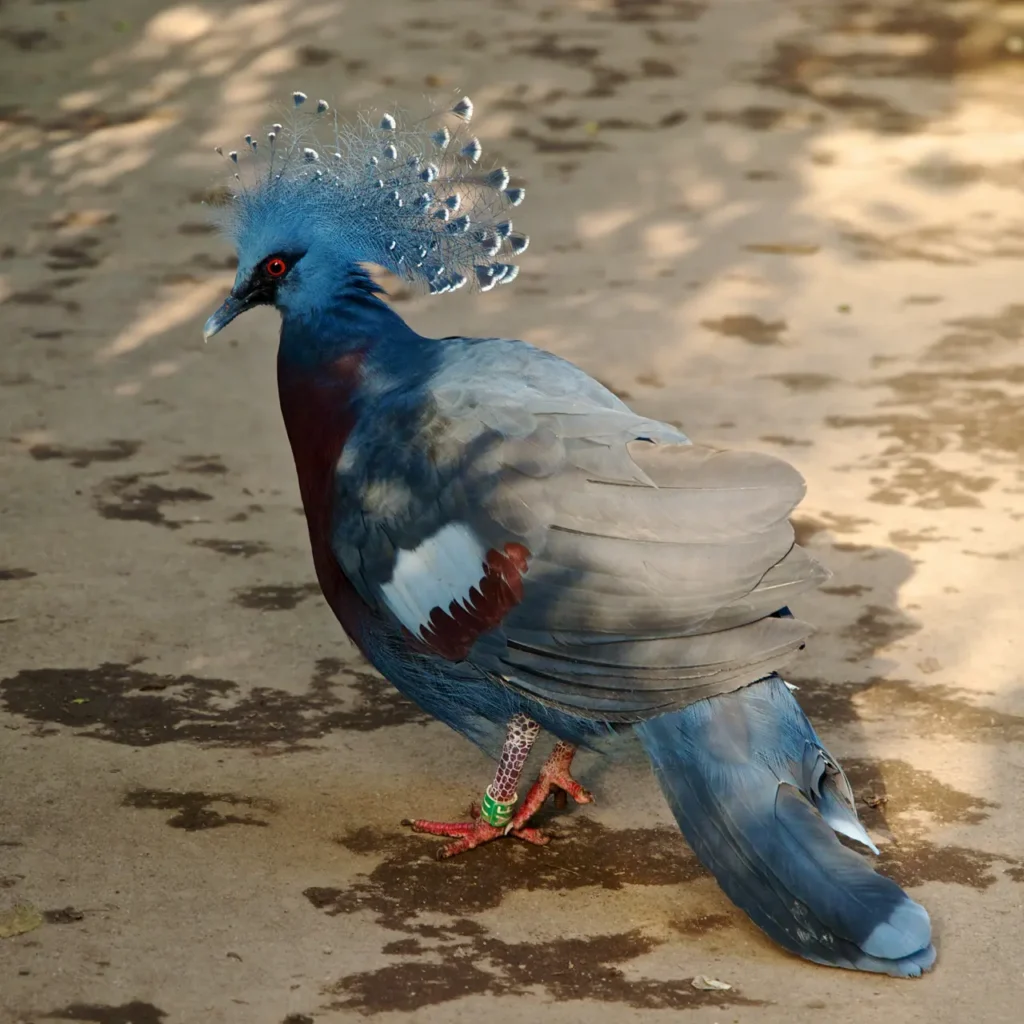
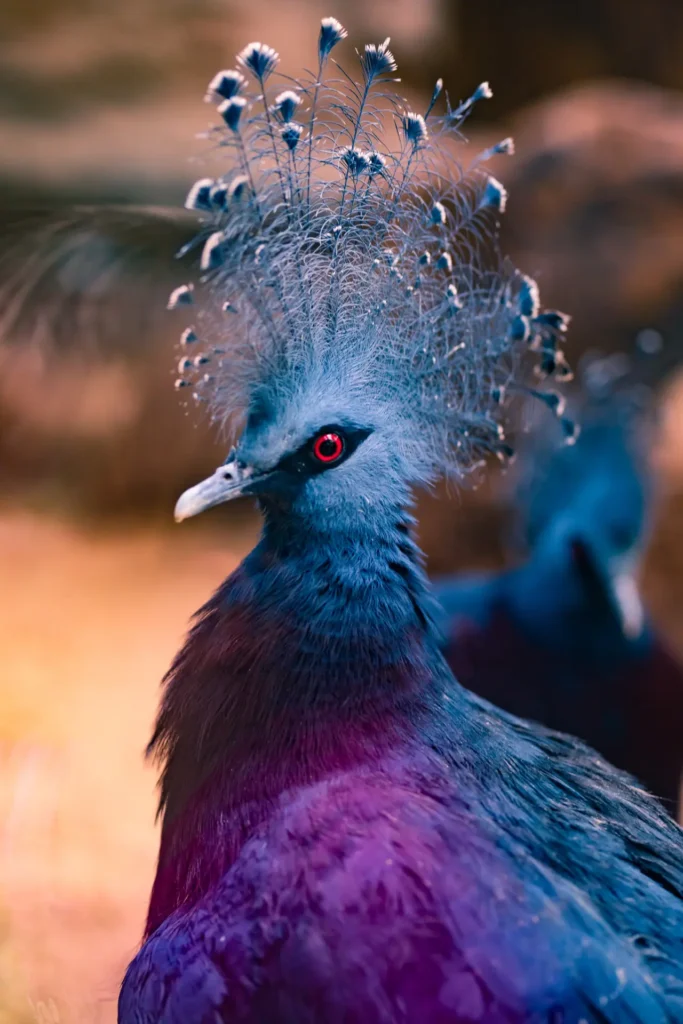
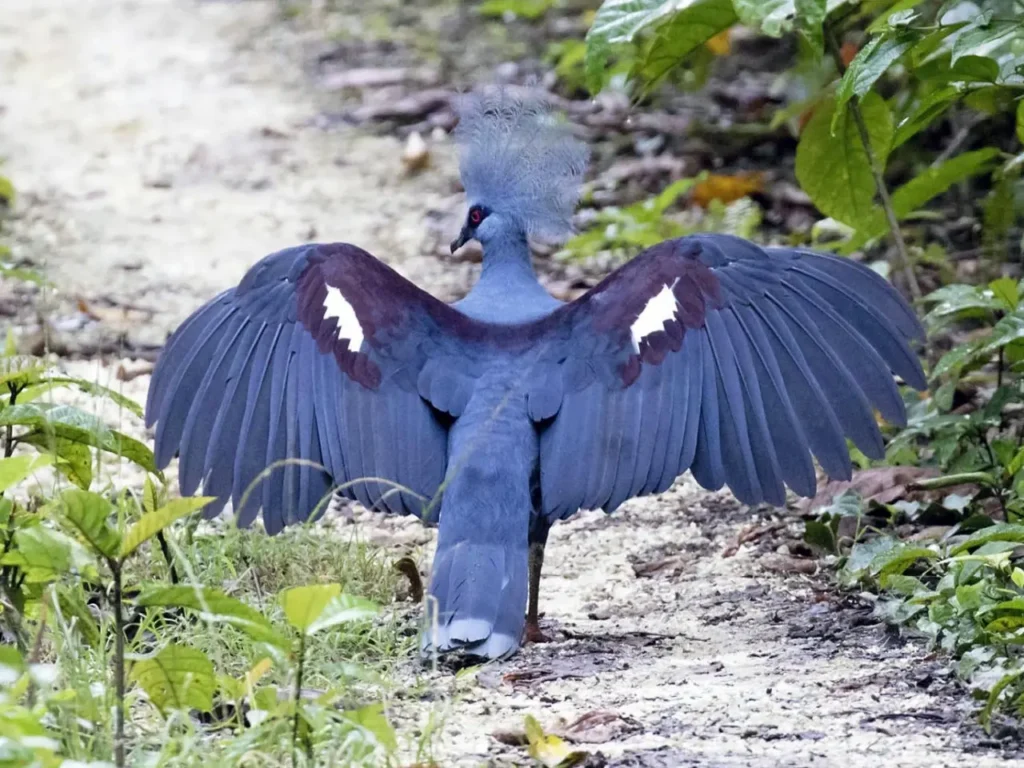
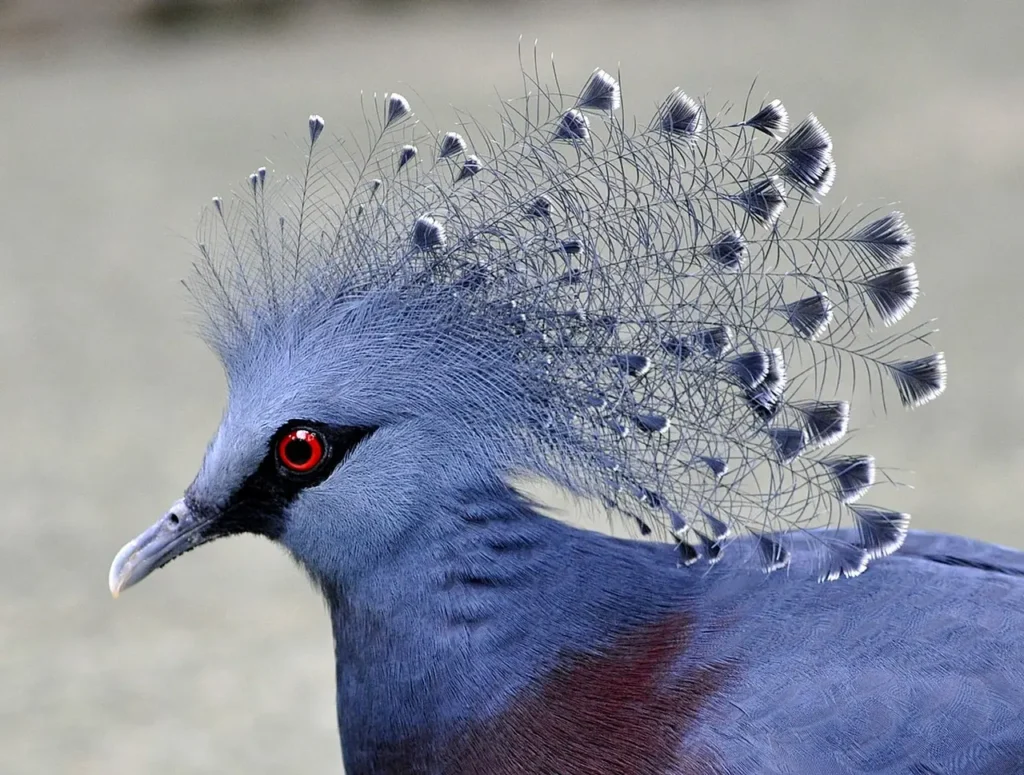
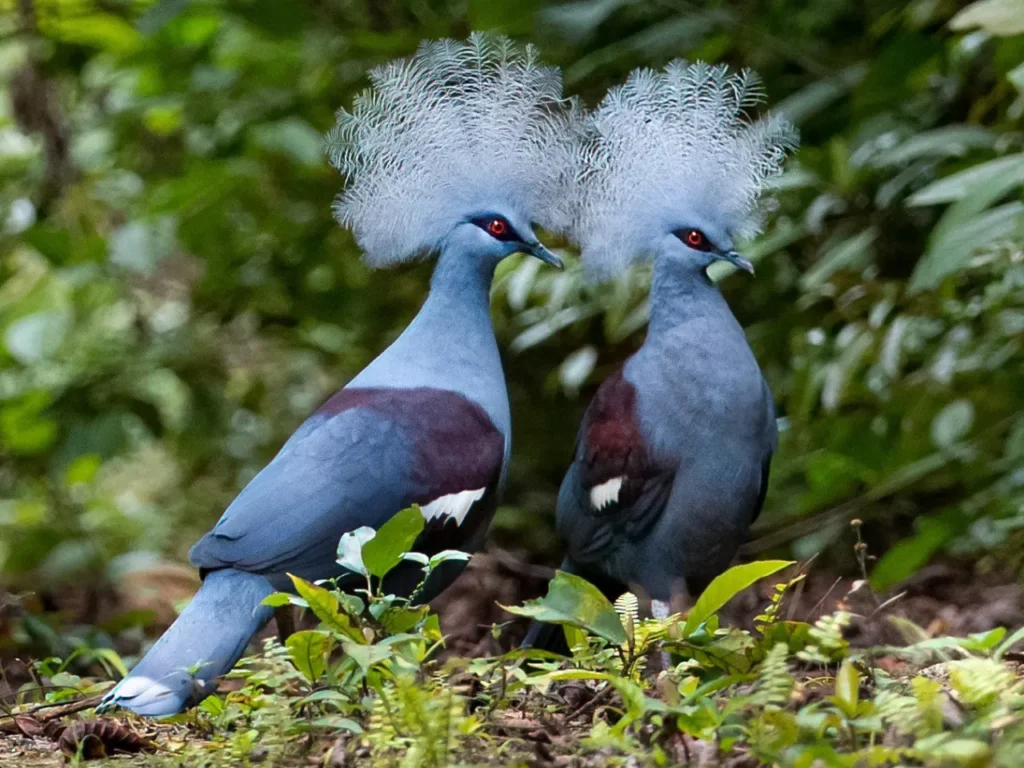
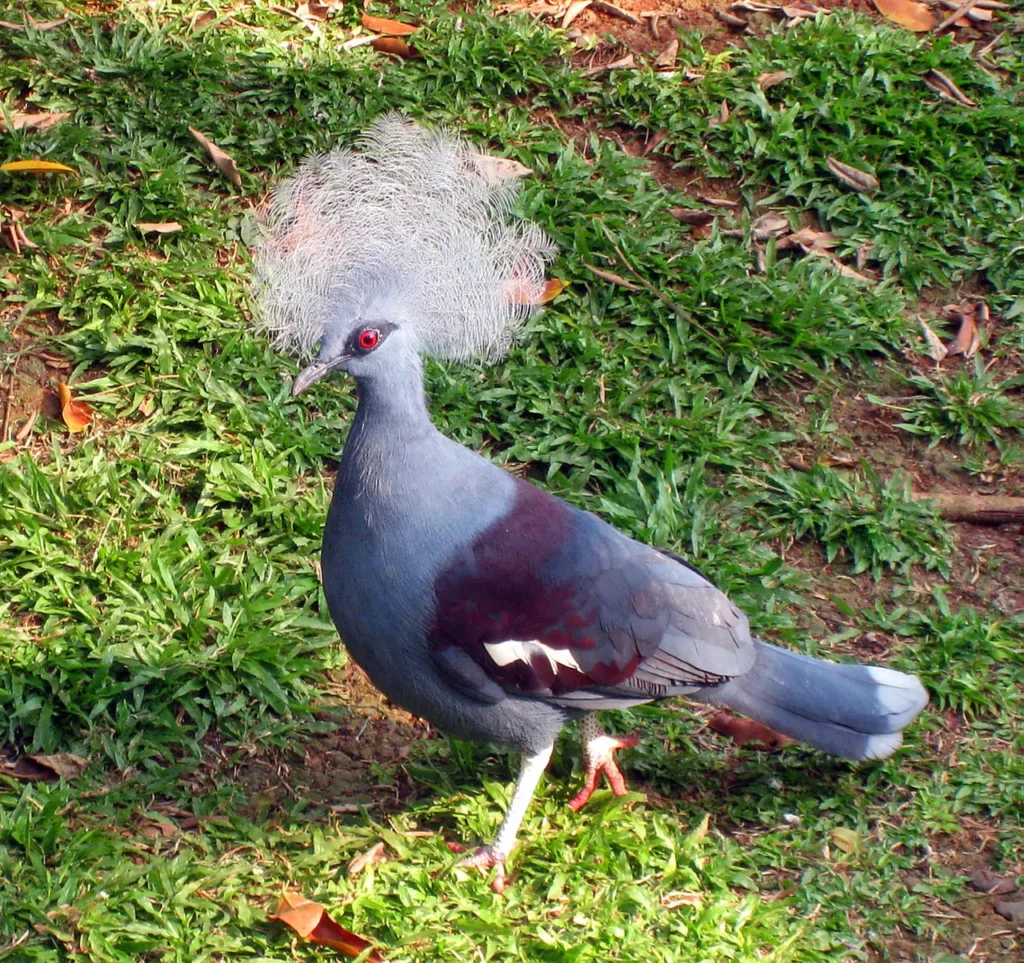
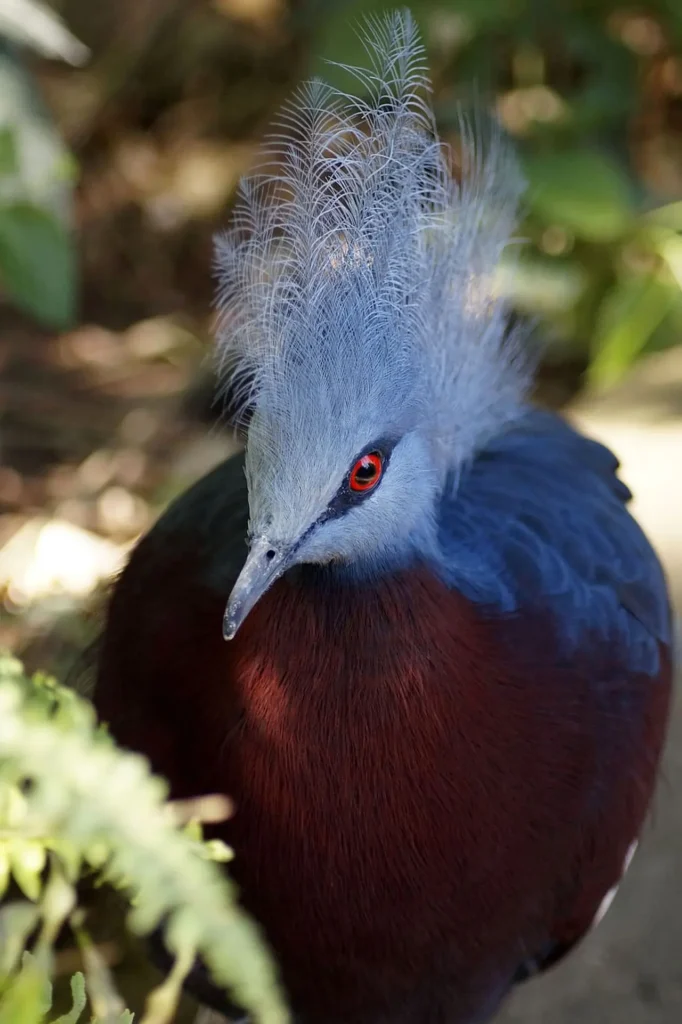
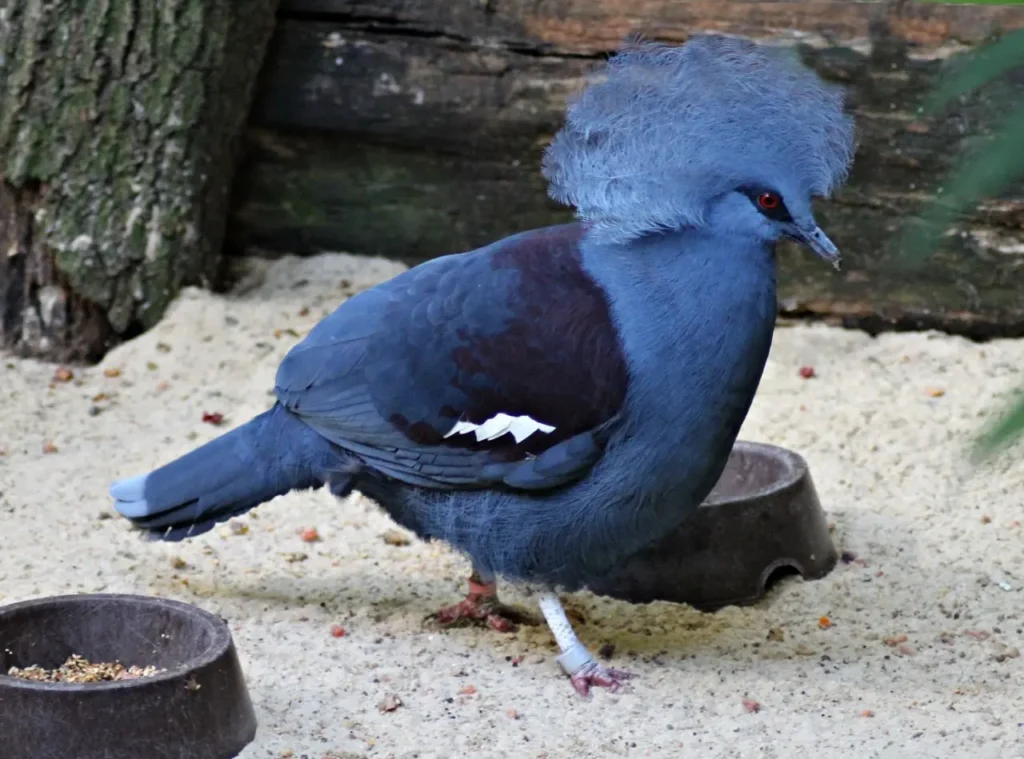
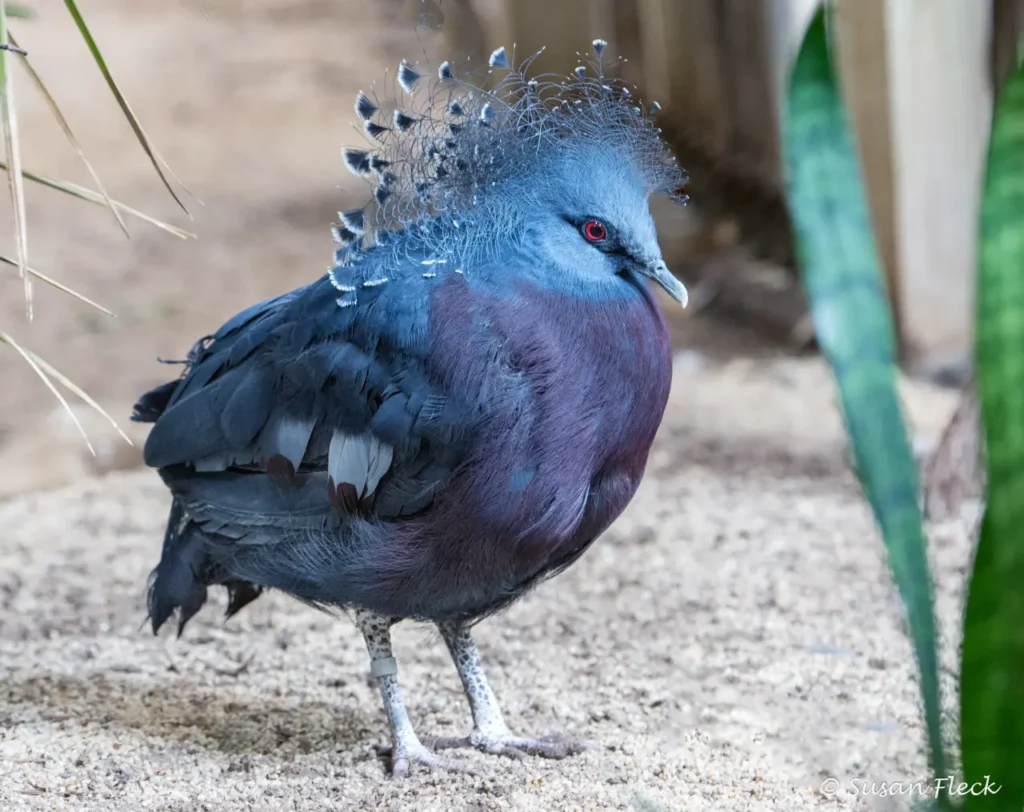
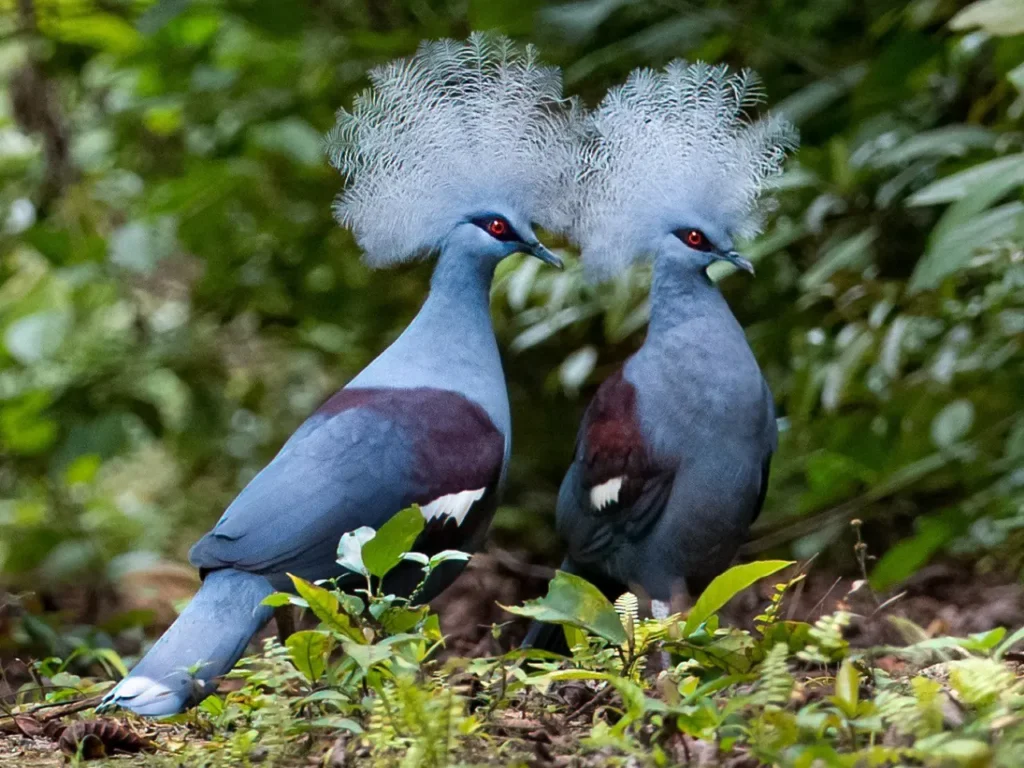
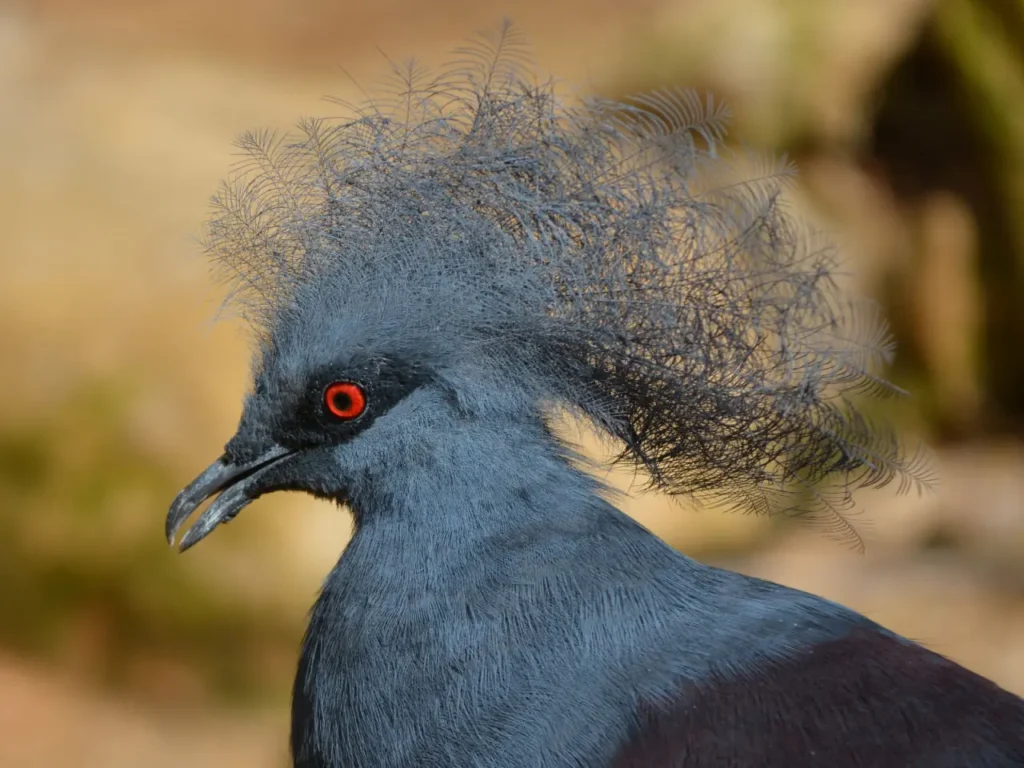
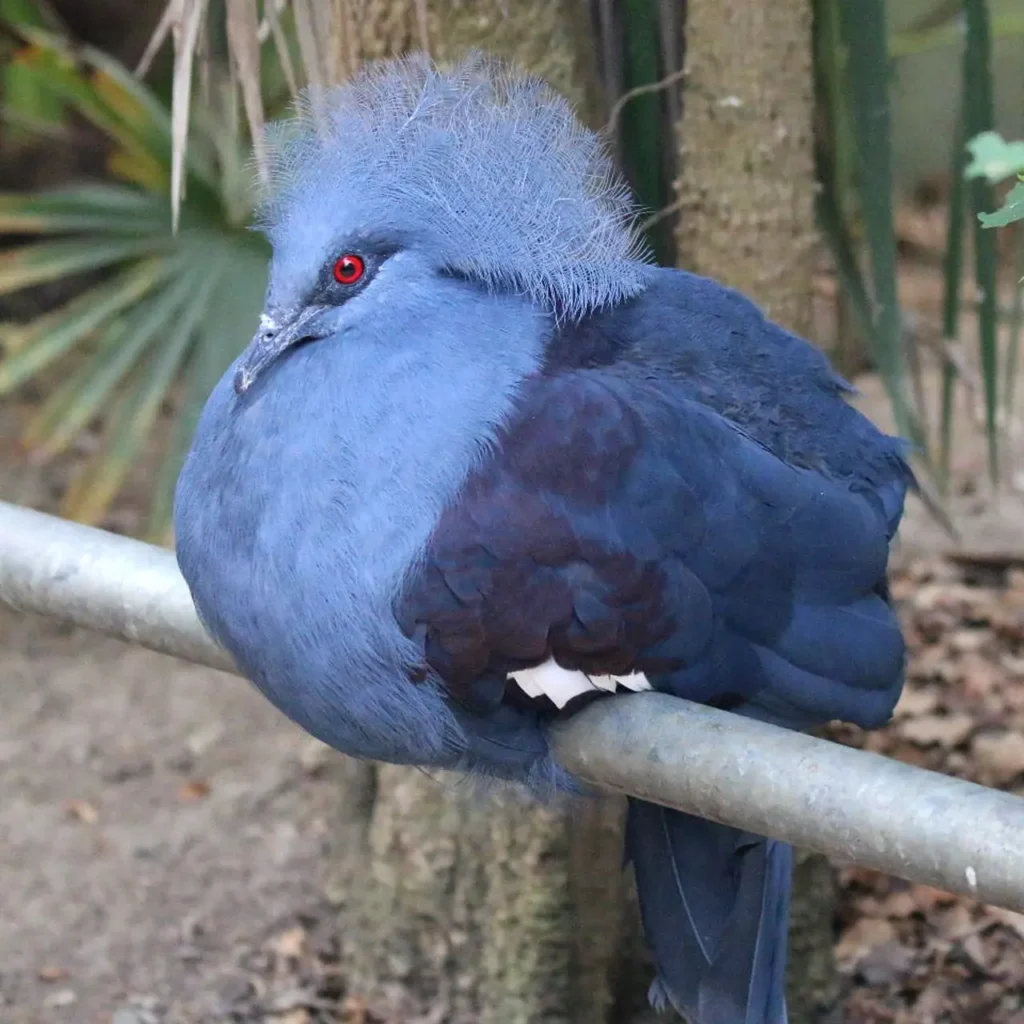
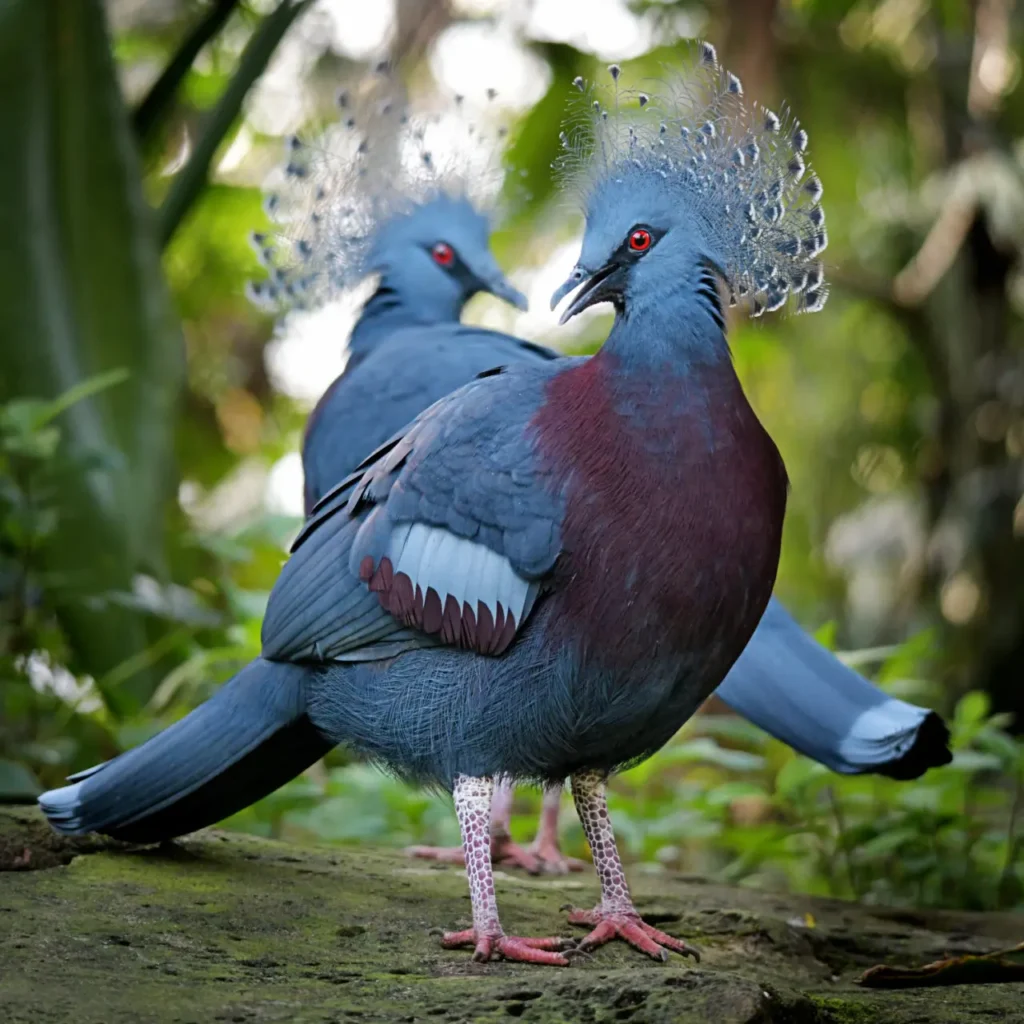
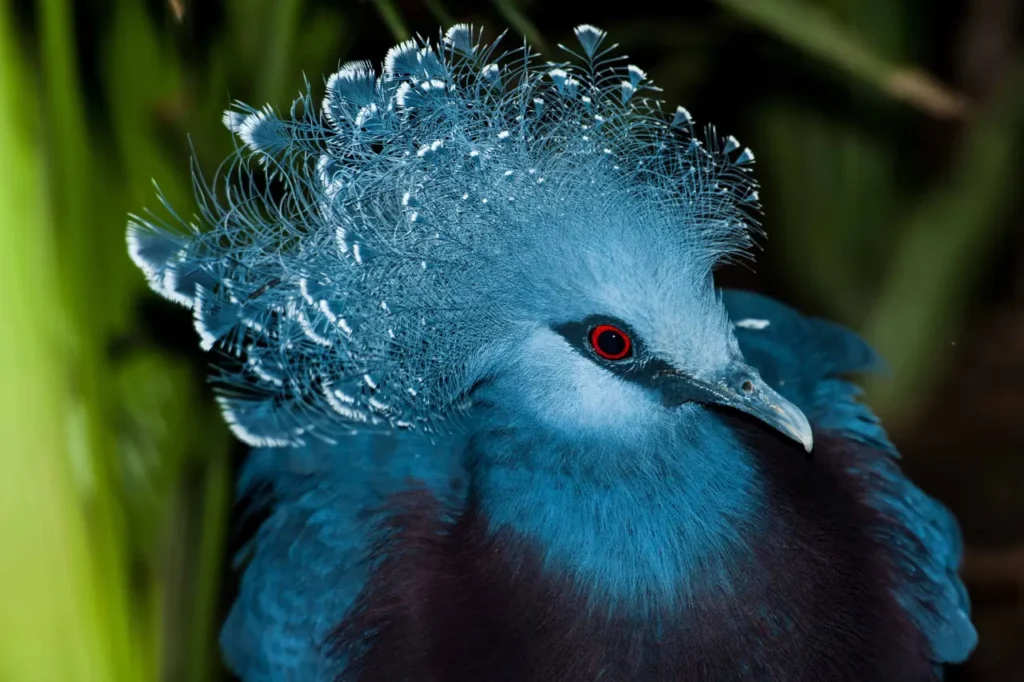
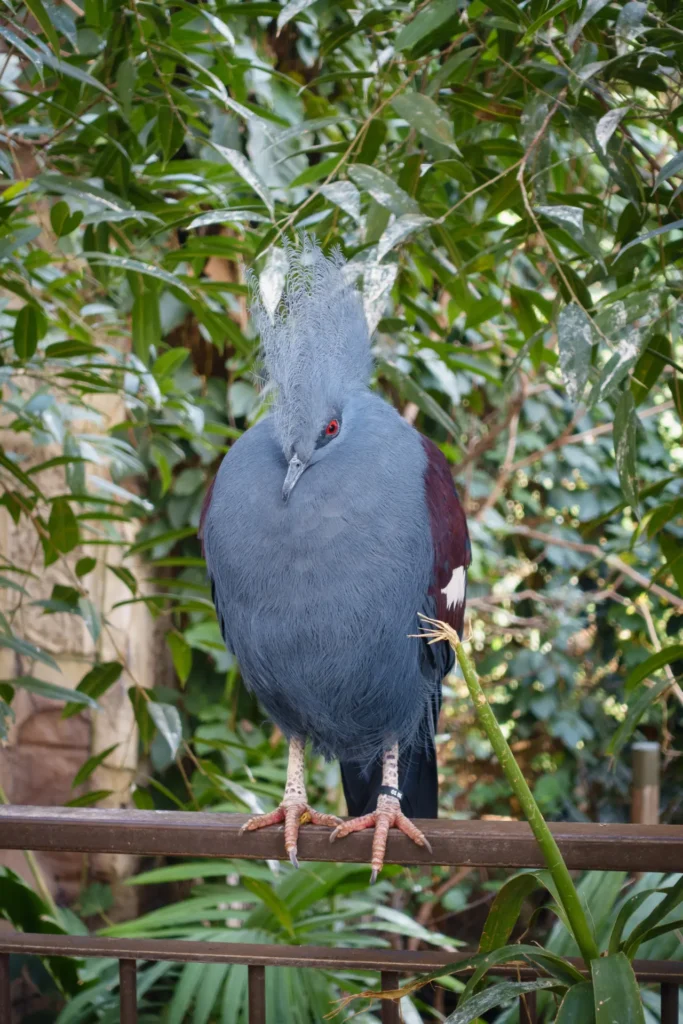
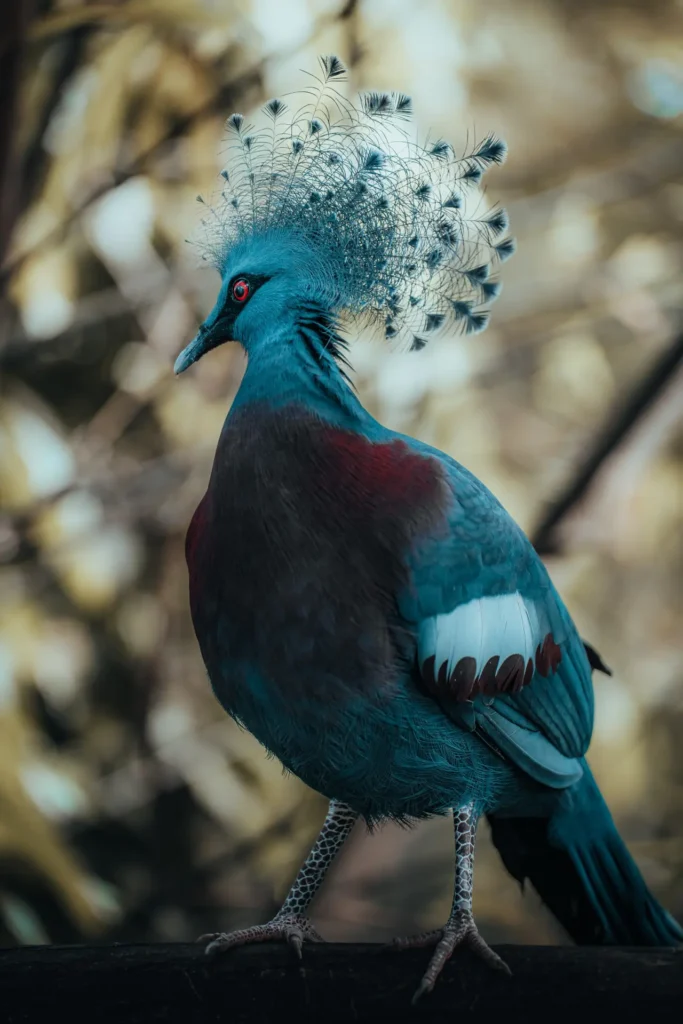
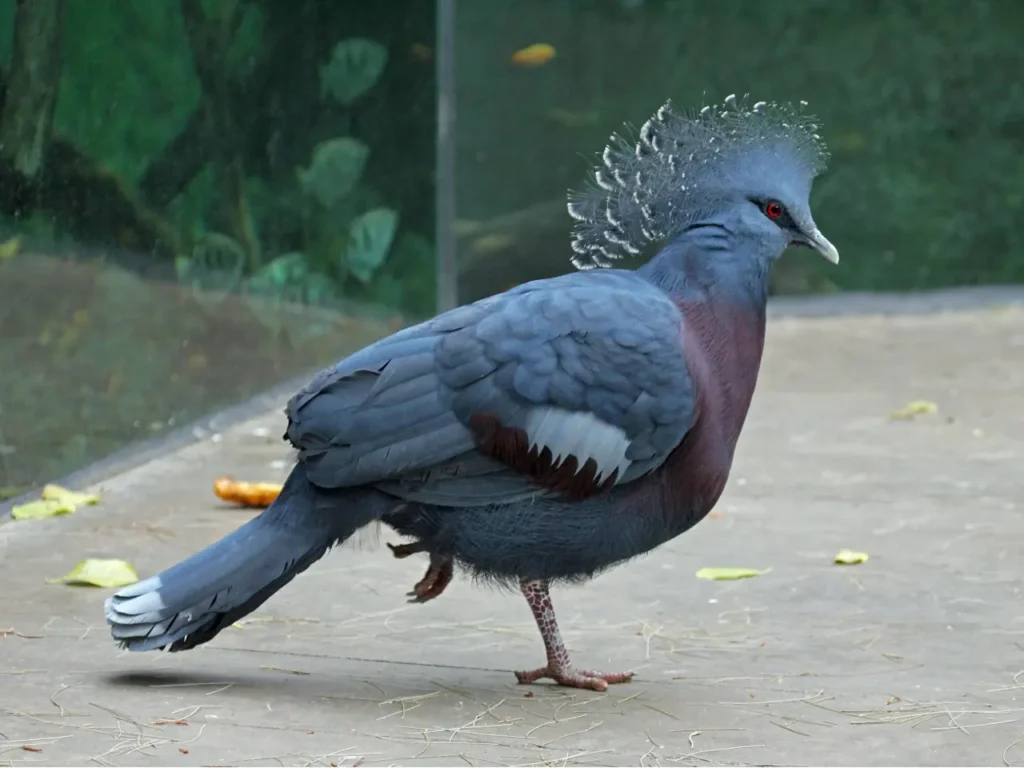
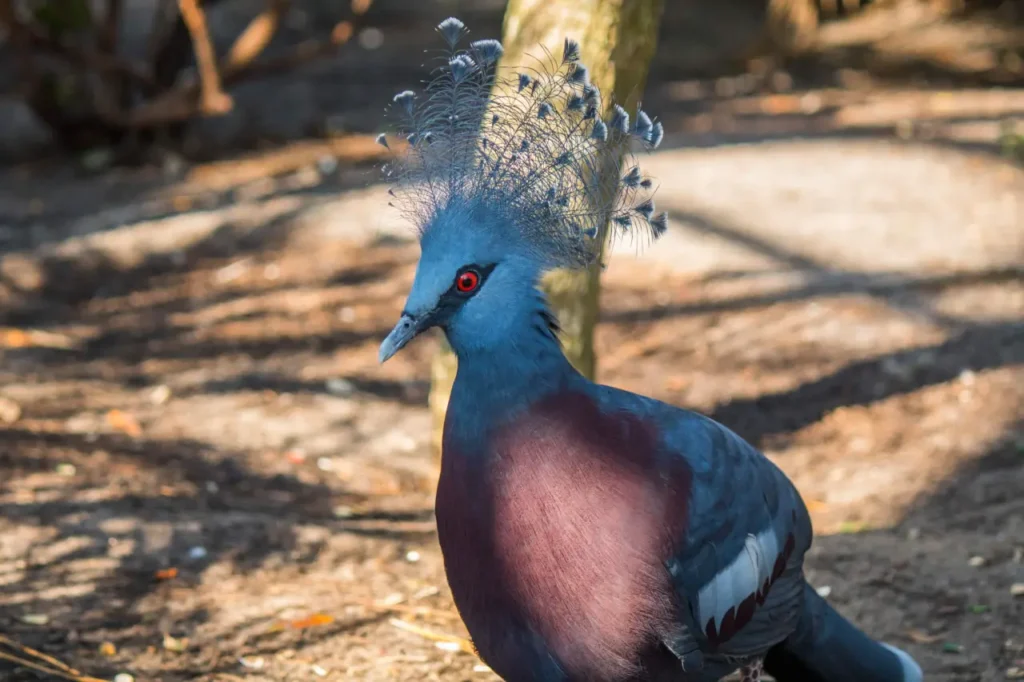
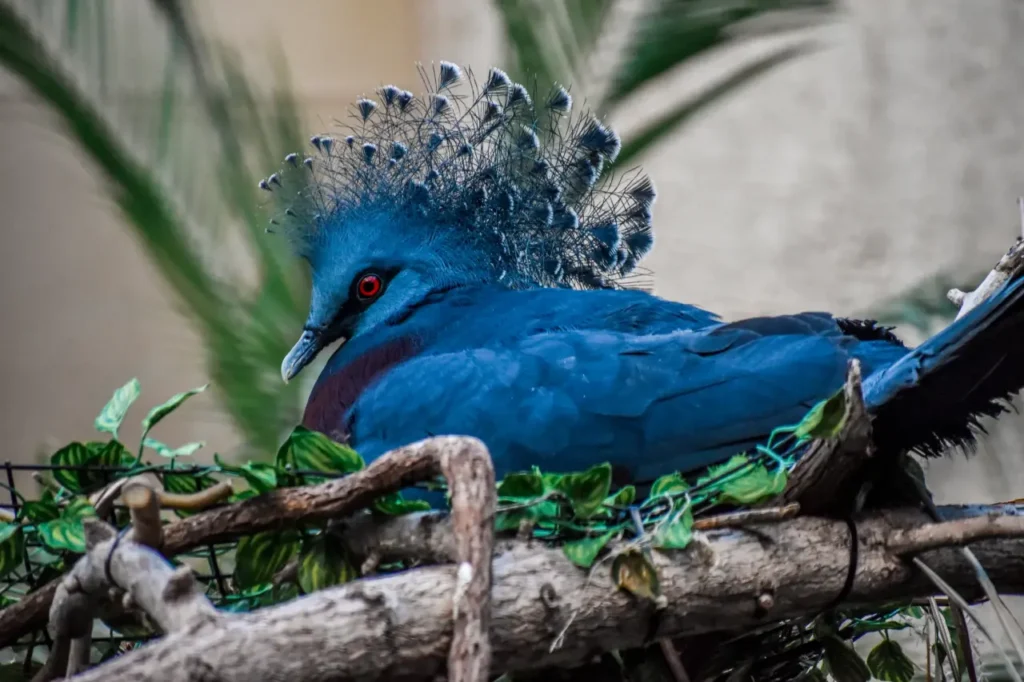
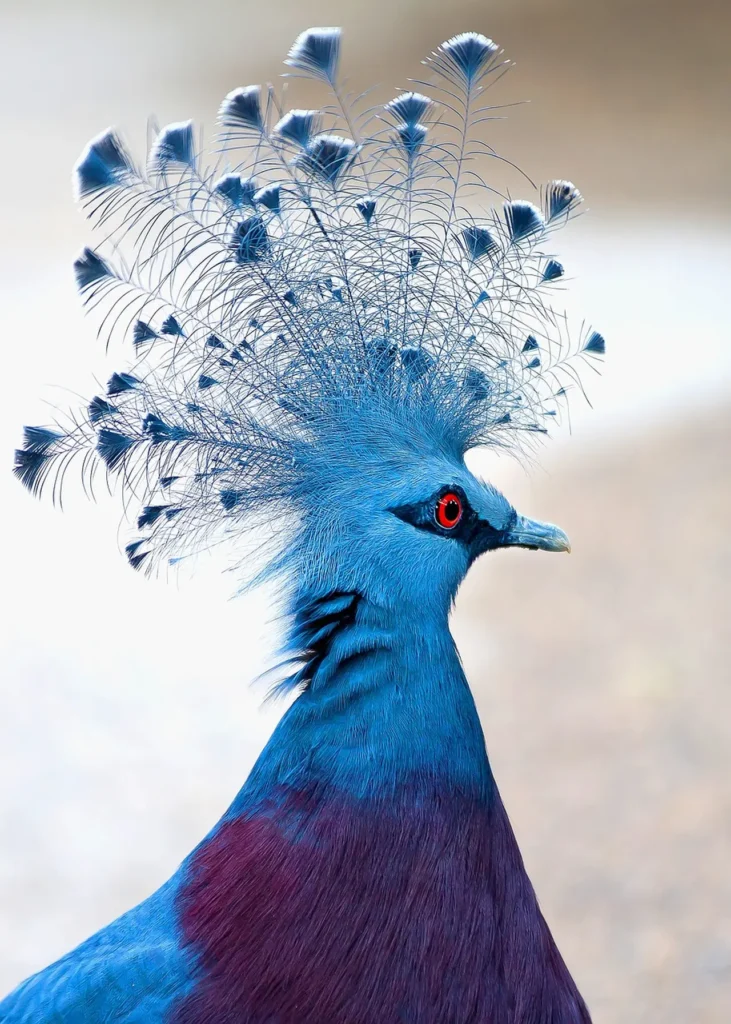
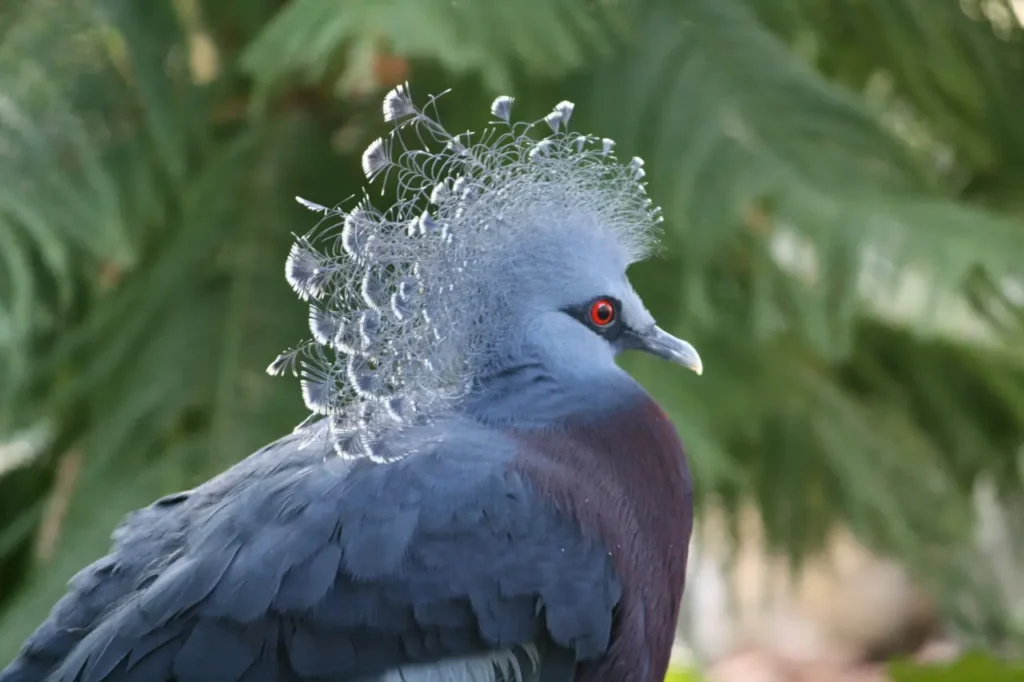
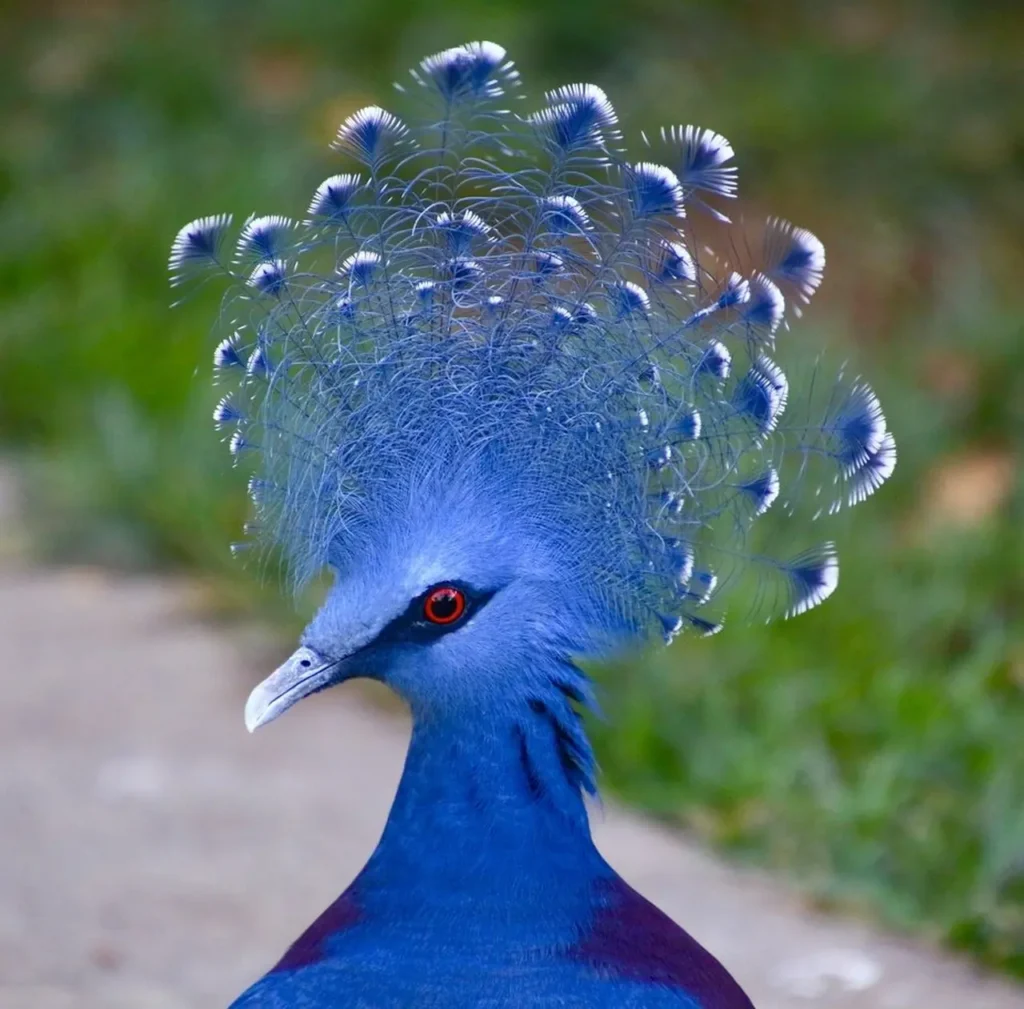
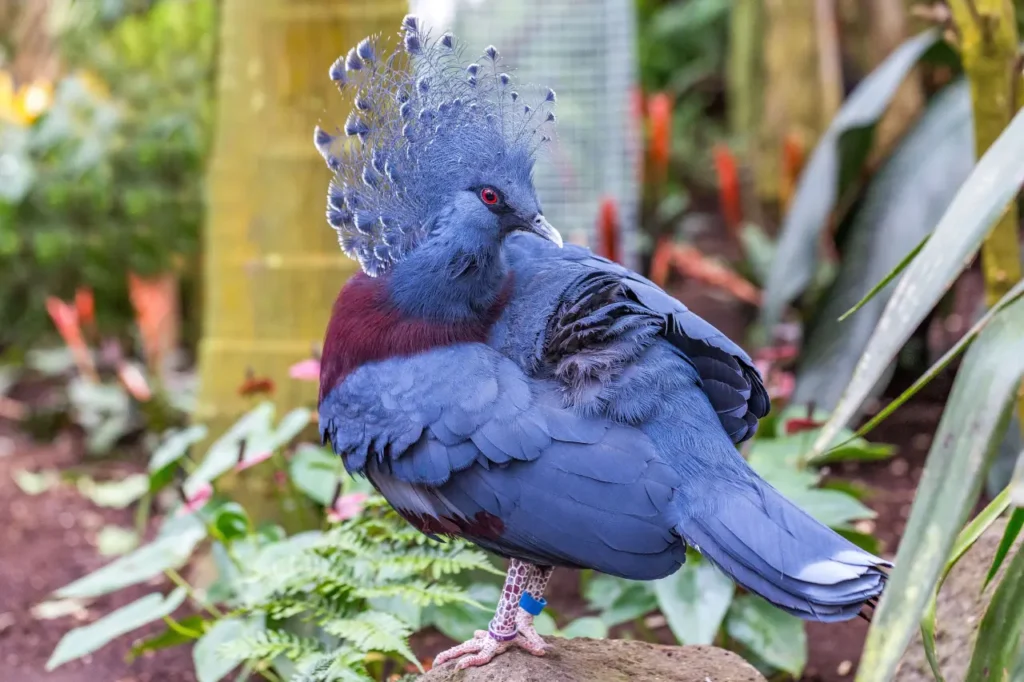
Facts about Blue-Crowned Pigeon
The Blue-Crowned Pigeon is a large bird, measuring approximately 70 centimeters (28 inches) in length, making it one of the largest pigeon species in the world. Its most remarkable feature is the vibrant blue crown adorning its head, contrasting elegantly with its dark slate-gray body. The species exhibits notable sexual dimorphism, with males displaying a more prominent blue crest compared to females. These distinguishing features contribute to the bird’s regal and charismatic appearance.
Endemic to the rainforests of New Guinea and the surrounding islands, the Blue-Crowned Pigeon inhabits dense tropical forests and lowland swampy areas. It prefers areas with abundant fruit-bearing trees, which provide a significant portion of its diet. The species primarily feeds on various fruits, including figs, berries, and seeds, making it an essential disperser of plant seeds in its habitat.
One of the most remarkable aspects of the Blue-Crowned Pigeon’s behavior is its elaborate courtship displays. During the breeding season, males showcase their plumage and court potential mates through intricate dances and vocalizations. These displays involve puffing up their chests, spreading their wings, and bowing to impress females. Their resonating calls echo through the forest, a testament to their presence and allure.
Once a pair forms, the Blue-Crowned Pigeon builds a rudimentary nest using twigs, leaves, and other available materials in the canopy of tall trees. Both parents take turns incubating the single egg for about a month until it hatches. The young chick, initially covered in down feathers, relies on its parents for food and protection. As it grows, its plumage gradually develops, transforming into the majestic adult appearance over time.
The Blue-Crowned Pigeon’s role in the ecosystem extends beyond its visual splendor. As an important frugivorous species, it contributes to seed dispersal, playing a vital role in the regeneration of the rainforest. Its feeding habits, coupled with its ability to travel long distances, help maintain the diversity and health of the forest ecosystem.
Despite its remarkable attributes, the Blue-Crowned Pigeon faces several conservation challenges. Habitat loss due to deforestation, illegal hunting, and the pet trade pose significant threats to its population. Efforts are underway to protect its natural habitat and raise awareness about its importance in maintaining the delicate balance of the ecosystem.
Encountering a Blue-Crowned Pigeon in the wild is a truly awe-inspiring experience. Its dignified presence, adorned with the vibrant blue crown, serves as a reminder of the beauty and diversity found in the avian world. By appreciating and conserving these magnificent creatures, we ensure their continued existence and contribute to the preservation of our planet’s natural heritage.
The Blue-Crowned Pigeon stands as a symbol of the intricate wonders of nature, inviting us to admire its grace and magnificence. Let us cherish and protect this marvelous bird, and may its presence forever grace the rainforests it calls home.
